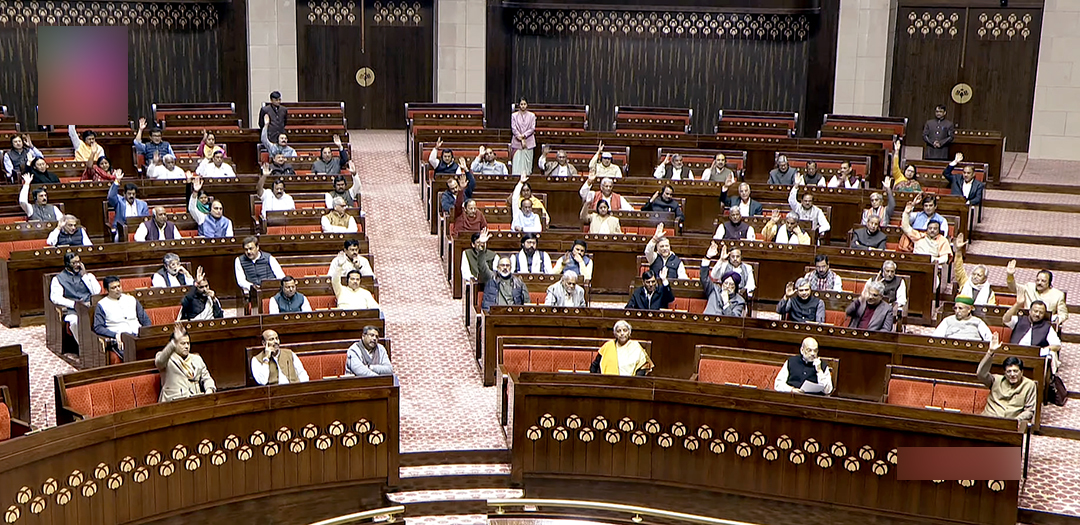The Indian economy is estimated to report its worst-ever contraction of 7.7 per cent in 2020-21, the National Statistical Office (NSO) said Thursday, according to agency reports.
Earlier, in the first half of the fiscal year, many financial institutions and rating agencies had forecast a double digit contraction for the Indian economy. In December, the Reserve Bank of India had also marginally improved its growth forecasts for India raising it to -7.5 per cent from its earlier forecast of -9.5 per cent.
While agriculture is forecast to grow at 3.4 per cent in 2020-21, manufacturing and mining and quarrying are expected to contract by 9.4 per cent and 12.4 per cent, respectively.
Trade, hotels, transportation and communication are expected to see the sharpest contraction at 21.4 per cent, followed by construction, which is estimated to decline by 12.6 per cent.
Nominal GDP is forecast to contract by 4.2 per cent to Rs 194.82 lakh crore. Nominal GDP includes the price increases along with real output growth.
Meanwhile, a finance ministry statement said the GDP estimates reflect a resurgence in the economic activity in Q3 and Q4. “The continuous quarter-on-quarter growth endorses the strength of economic fundamentals of the country to sustain a post-lockdown V-shaped recovery,” the statement added.
While the Indian economy contracted by a record 23.9 per cent in the April-June quarter, the decline was arrested in the July to September quarter when the economy contracted by 7.5 per cent.
Data released by the NSO showed that both private consumption expenditure and gross fixed capital formation are expected to decline in 2020-21 by 5.6 per cent and 13.6 per cent, respectively, and only government final consumption expenditure is expected to register positive growth at 11.4 per cent.
Gross fixed capital formation is an indicator of the investment demand in the economy and has been one of the worst hit along with private consumption. Exports and imports are also expected to contract in the current fiscal, the data showed.

























